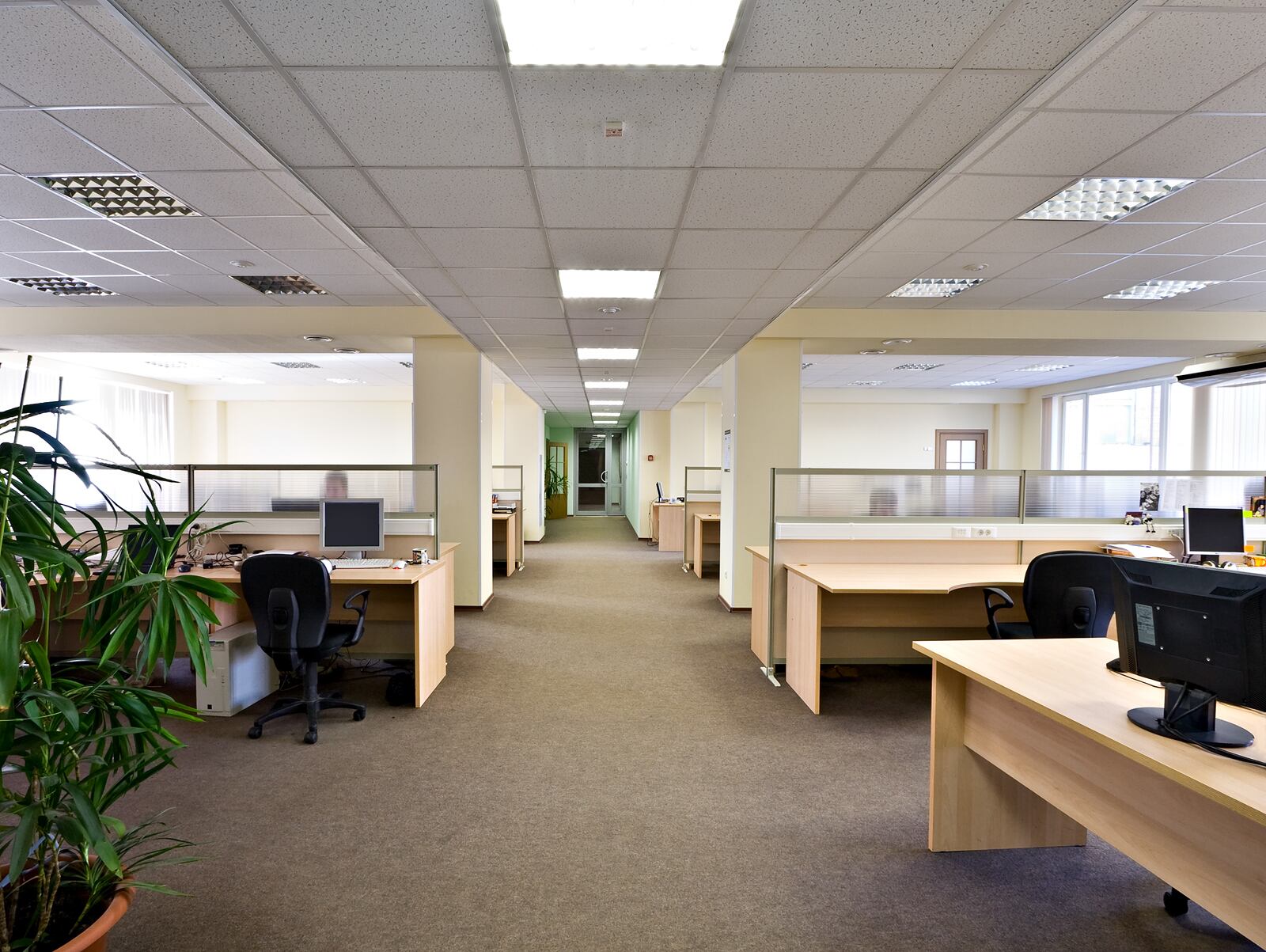Federal agencies are in the process of reassessing how they will structure their workforces and working spaces coming out of the COVID-19 pandemic, and officials from the General Services Administration say this process, along with upcoming lease renewals, create an ideal window for reworking federal offices.
“This is a smart time to invest, and if we do this, we’ll be able to save $2 billion a year in tax money for lease costs,” GSA Administrator Robin Carnahan told the House Transportation Committee Nov. 2.
“There are not a lot of times in government, certainly, that there’s a seismic shift in how people are thinking about how they want to deliver service. And we’re at that moment. So the question is whether we’re going to be smart and take advantage of it. The way we do that is create incentives for people to move into shared space,” she added.
According to Carnahan, approximately 50 percent of the Public Building Service’s budget, which manages federal real estate, goes to leased spaces, rather than government-owned buildings. And 40 percent of those leases will be up for renewal in the next four years, offering an opportunity for GSA to get rid of its more costly leases and relocate to government-owned buildings.
Because the pandemic has shown that many employees can work effectively from home, at least part time, many federal agencies will need less office space once the pandemic is over and employees are back to normal operations.
“No one is prepared to make a hardline decision right now, because many customers are waiting to get back into full reentry mode,” said PBS administrator Nina Albert. “[But] we’re hearing back from people anywhere from 20 percent reductions all the way up to 50 percent reductions.”
However, there is a narrow window available to take advantage of this shift, as many federal buildings have fallen into a state of disrepair due to insufficient maintenance investments.
“It’s only going to happen if that space is maintained well and agencies want to go there,” said Carnahan.
According to Albert, GSA is generally allocated $3.5 billion to $4 billion each year for maintenance costs, less than the $5 billion the agency estimates it needs for such maintenance. Over time, that has resulted in an estimated $9.5 billion in deferred maintenance liabilities.
GSA also plans to invest in greener operations for federally owned buildings, with a goal of 100 percent renewable energy use by 2025 and carbon pollution-free electricity — which predominantly targets the natural gas heating systems at many agencies — by 2035, according to Albert.
As for which agencies and offices are most likely to move, Carnahan said they’re expected to resolve concrete space needs for various federal agencies over the course of the coming year. But leased offices will be the primary target for space reduction.
Feds may also have the option to work in more flexible office spaces closer to where they live and that can support employees from several different agencies at once, as GSA recently awarded a $10 million contract for flexible office spaces to WeWork.
Jessie Bur covers federal IT and management.
In Other News




